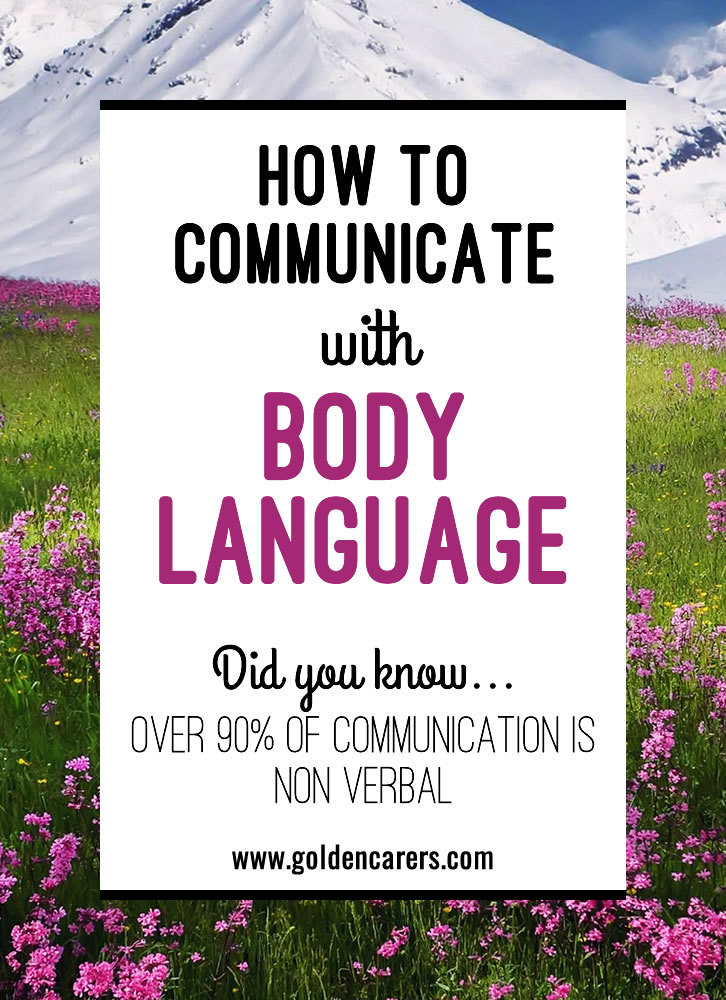
How to Communicate with Body Language
By Daz Smith Australia
Found In: ›Activities ›Articles ›Alzheimer's & Dementia

For many people living in care facilities, the means to communicate verbally has become limited or lost due to dementia and this can significantly impact self-esteem. The good news is that over 90% of communication is non-verbal.
In this article we cover:
- Non verbal forms of communication
- How to Practice Active Listening
Related Activities
Comments Post a Comment


 24th Jul 2019
Activity Director
24th Jul 2019
Activity Director

 23rd Jul 2019
Registered Diversional & Recreational Therapist
23rd Jul 2019
Registered Diversional & Recreational Therapist

 19th Aug 2017
Coordinator for The Intermissions Program
19th Aug 2017
Coordinator for The Intermissions Program
 12th Jul 2017
Occupational Therapist
12th Jul 2017
Occupational Therapist
 17th Jul 2017
17th Jul 2017

 13th Jun 2017
Lifestyle Consultant
13th Jun 2017
Lifestyle Consultant

 10 Creative Ways to Showcase Your Activity Photos
10 Creative Ways to Showcase Your Activity Photos
 How to Create a Culture of Happiness
How to Create a Culture of Happiness
 15+ Ways to Find Intergenerational Partners
15+ Ways to Find Intergenerational Partners
 Snoezelen Rooms and Sensory Environments for Dementia Care
Snoezelen Rooms and Sensory Environments for Dementia Care

 Canada
Canada